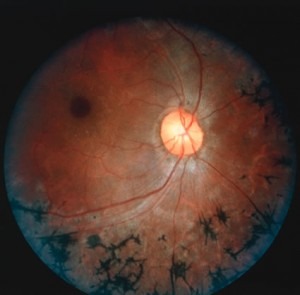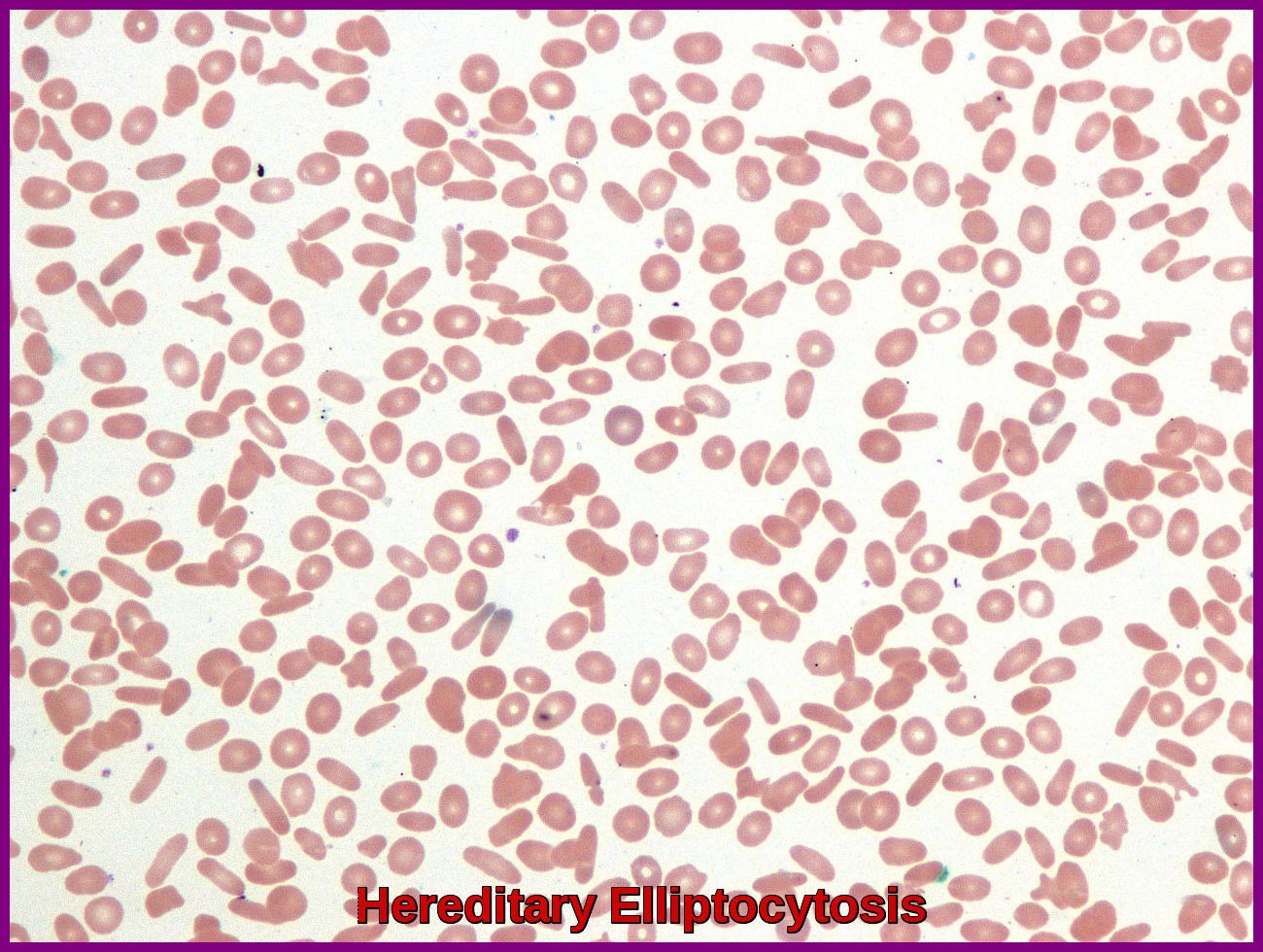Acanthocytosis
Acanthocytes (spur cells) are spiculated red cells with a few projections of varying size and surface distribution.
The formation of acanthocytes depends on the alteration of the lipid composition and fluidity of the red cell membrane.
Acanthocytosis may be inherited (autosomal recessive) in association with retinitis pigmentosa, diffuse neurological deficits, and abetalipoproteinemia.
In abetalipoproteinaemia, an autosomal recessive condition, vitamin E deficiency results in a progressive spinocerebellar syndrome associated with peripheral neuropathy and retinitis pigmentosa.
Chorea-acanthocytosis is primarily a neurological disorder that affects movement in many parts of the body. Chorea refers to the involuntary jerking movements made by people with this disorder. People with this condition also have abnormal star-shaped red blood cells (acanthocytosis). This condition is one of a group of conditions called neuroacanthocytoses that involve neurological problems and abnormal red blood cells.
Acanthocytes are also seen in renal failure, liver cirrhosis, microangiopathic hemolytic anemia, and as an artifact in blood stored in EDTA.
Acanthocytes should be distinguished from Echinocytes (burr cells).
Echinocytes, or burr cells, appear with multiple small projections that are uniformly distributed on the red cell surface. Echinocytes, more commonly referred to as burr cells, are reversible, meaning that this alteration can be the result of the cell’s environment, pH of the medium (including the glass slides on which blood smears are made), the metabolic state of the cell and the use of some chemical substances.
Echinocytes occur in many conditions, including malnutrition associated with mild hemolysis due to hypomagnesemia and hypophosphatemia, uremia, hemolytic anemia in long-distance runners, and pyruvate kinase deficiency. In vitro, elevated pH, blood storage, ATP depletion, calcium accumulation, and contact with glass can lead to the formation of echinocytes.
References:
Pedro A de Alarcon MD, Max J Coppes PhD. Acanthocytosis Clinical Presentation: History, Physical, Causes http://emedicine.medscape.com/article/954356-clinical
Bohlega S, Al-Jishi A, Dobson-Stone C, Rampoldi L, Saha P, Murad H, Kareem A, Roberts G, Monaco AP. Chorea-acanthocytosis: clinical and genetic findings in three families from the Arabian peninsula. Mov Disord. 2003 Apr;18(4):403-7.
Siegl C, Hamminger P, Jank H, Ahting U, Bader B, Danek A, et al. Alterations of red cell membrane properties in neuroacanthocytosis. PLoS One. 2013 Oct 3. 8(10):e76715.











